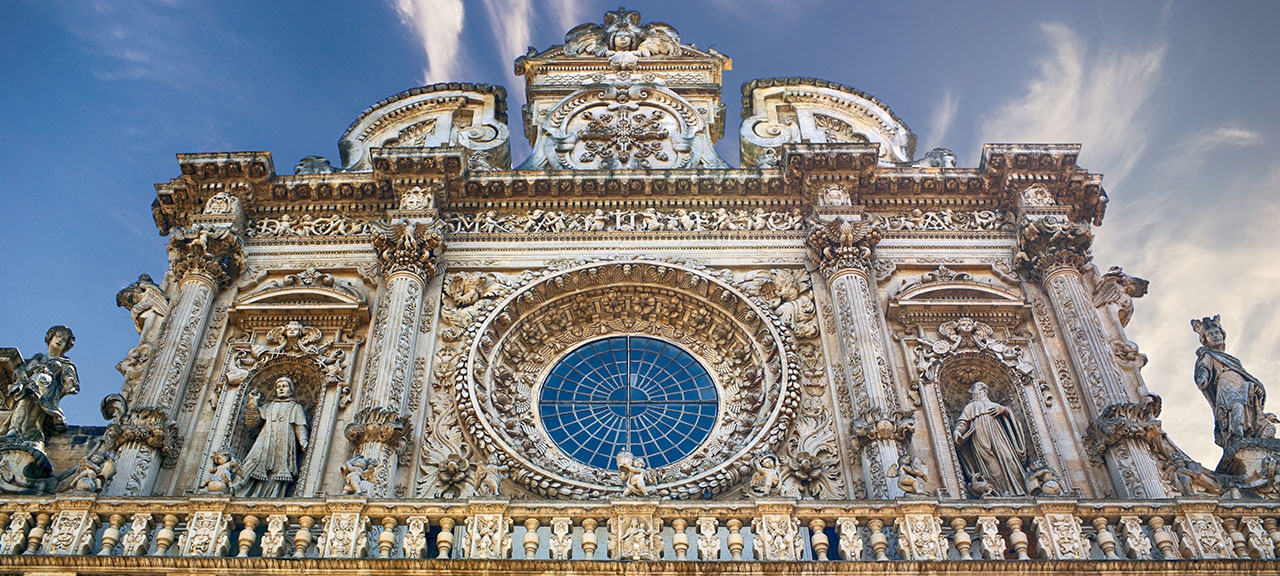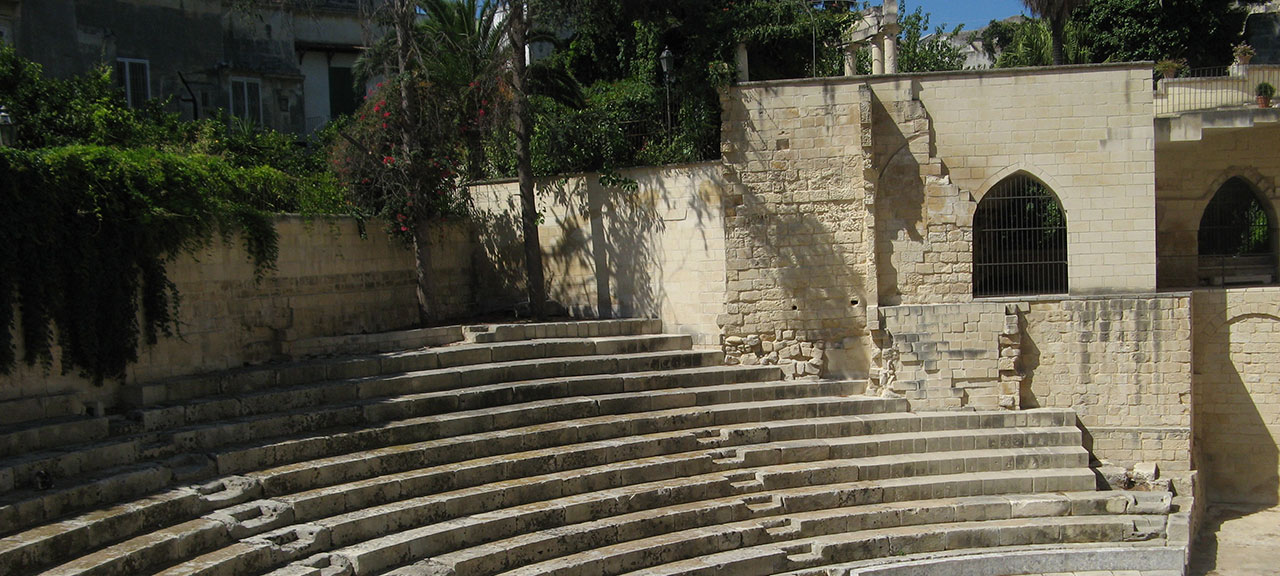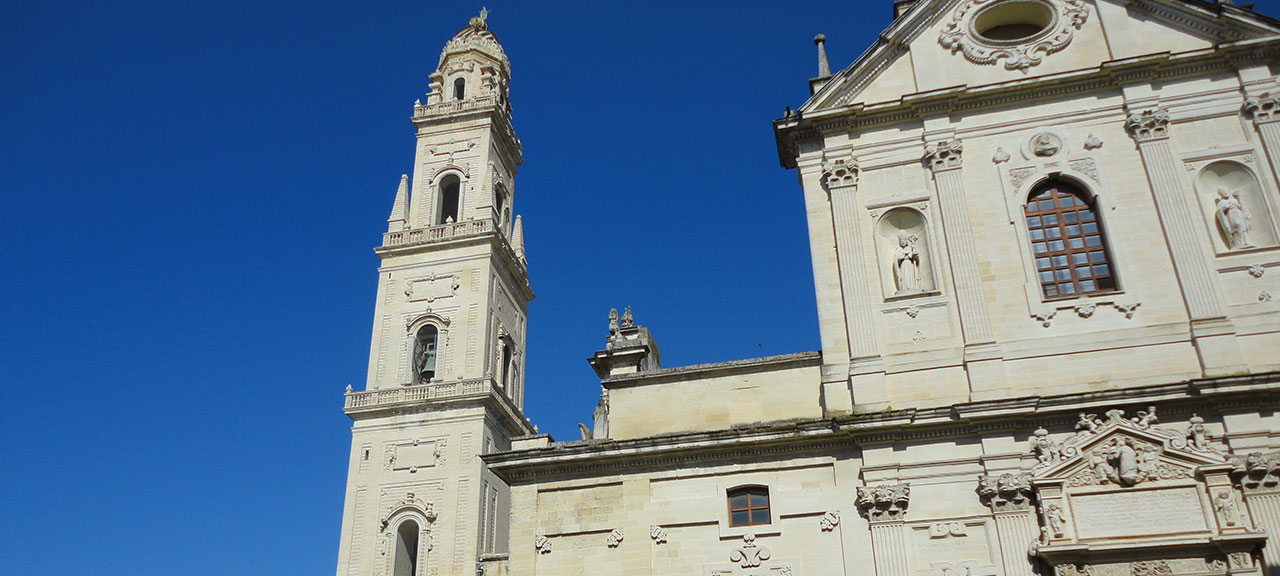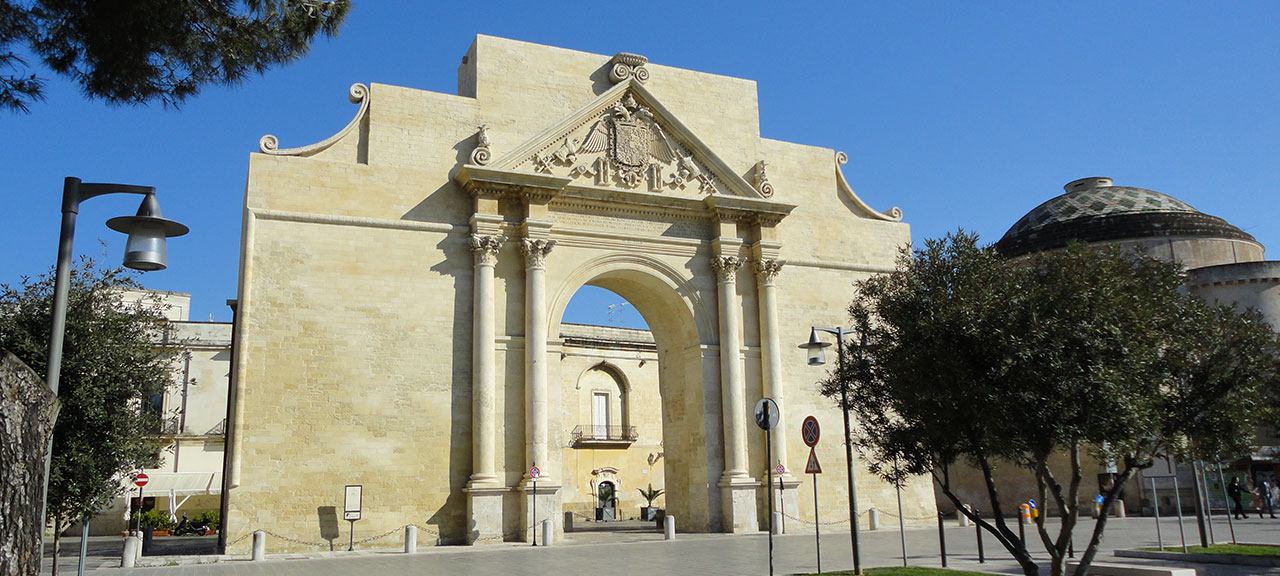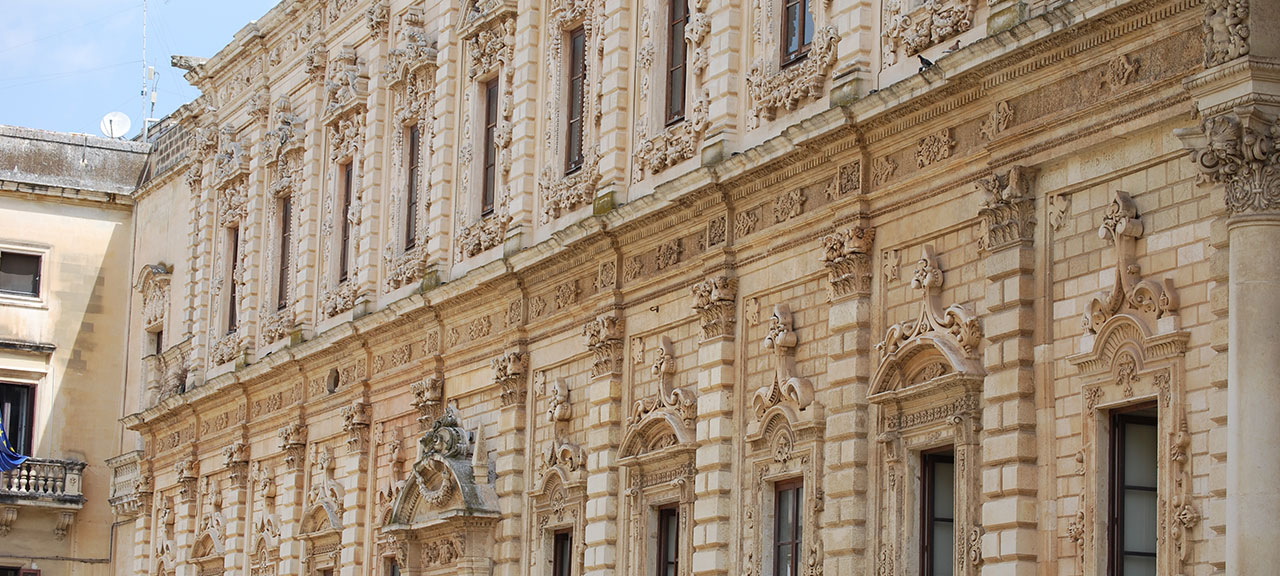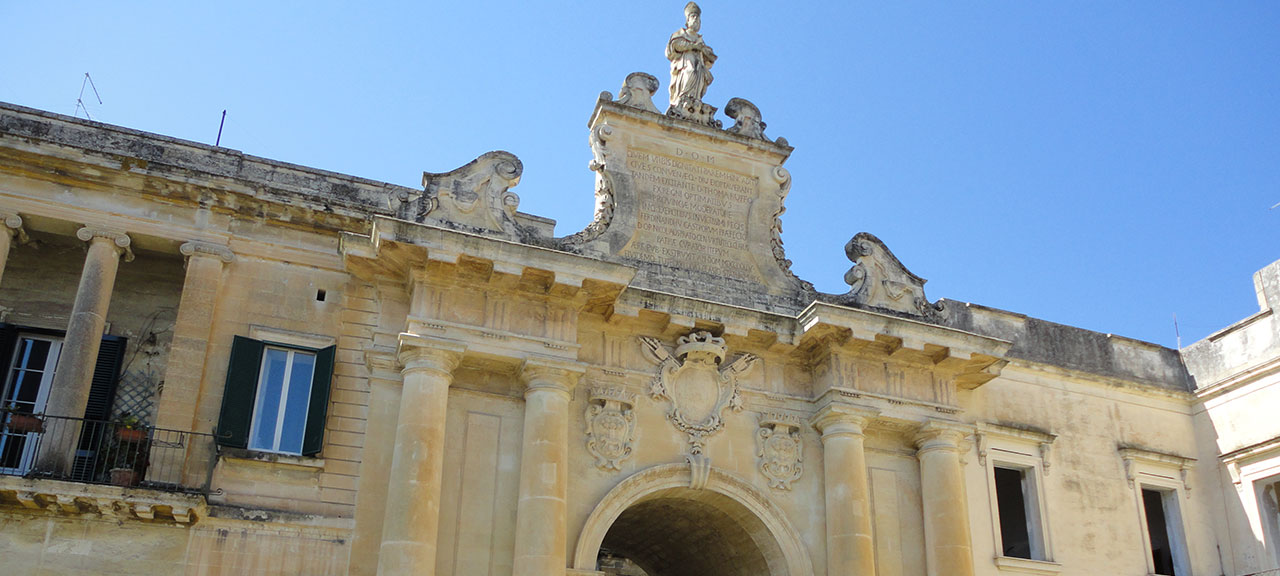Take notes
Noteworthy.
The Duomo.
Piazza Santo Oronzo (the column where the top is the statue is the original that opened the Via Salaria, which led from Brindisi to Rome, donated from Brindisi to Santo).
The Roman amphitheater (discovered in 900) and the greek theater (hidden between the houses).
The Basilica of Santa Croce.
Palazzo dei Celestini (an explosion of Baroque).
The three ports (Naples, Rudiae and San Biagio).
The church of San Matteo (near Porta S. Biagio) with the characteristic convex façade.
The theater Paisiello (near Porta Napoli)
The Castle of Charles V and Piazza Mazzini (more modern and the traditional fountain in the center was never finished).
Suggestion.
One of the strongest points of Lecce is the baroque and leccese stone, which is everywhere.
The unexpected.
in via Palmieri, at number 22, you can see the railing of the penis-shaped window that has generated many legends about the origin of this art form.
Suggested tour
Porta Napoli https://goo.gl/maps/
Teatro Paesiello https://goo.gl/maps/
Duomo https://goo.gl/maps/
Uscendo da Piazza Duomo, sulla sinistra in via Libertini, prendi un caffè in ghiaccio con latte di mandorla al primo bar che incontri sulla sinistra. Scegli l’ultimo dei tavolini in fondo. Avrai la vetrata che affaccia sulla Piazza.
Porta Rudiae https://goo.gl/maps/
Dopo il Duomo, per andare in piazza Santo Oronzo, troverai un famoso cartapestaio (arte tipica leccese, entraci è interessante) e subito dopo una delle più famose rosticcerie leccesi: ordina il rustico.
Piazza Sant’Oronzo (al centro c’è lo stemma della città con la Lupa sotto il Leccio, intorno l’architettura è fascista), Il Sedile (ex Municipio nell’800) e l’Anfiteatro Romano https://goo.gl/maps/
Basilica di Santa Croce (Il rosone è uno dei simboli di Lecce). A lato c’è il Palazzo dei Celestini https://goo.gl/maps/
Teatro Romano, un po’ nascosto https://goo.gl/maps/
Chiesa San Matteo https://goo.gl/maps/
Porta San Biagio https://goo.gl/maps/
Castello Carlo V https://goo.gl/maps/
Piazza Mazzini https://goo.gl/maps/
e risali in via Trinchese fino a tornare in piazza S. Oronzo.
Full roadmap https://goo.gl/maps/YfYNC1iFWSw

